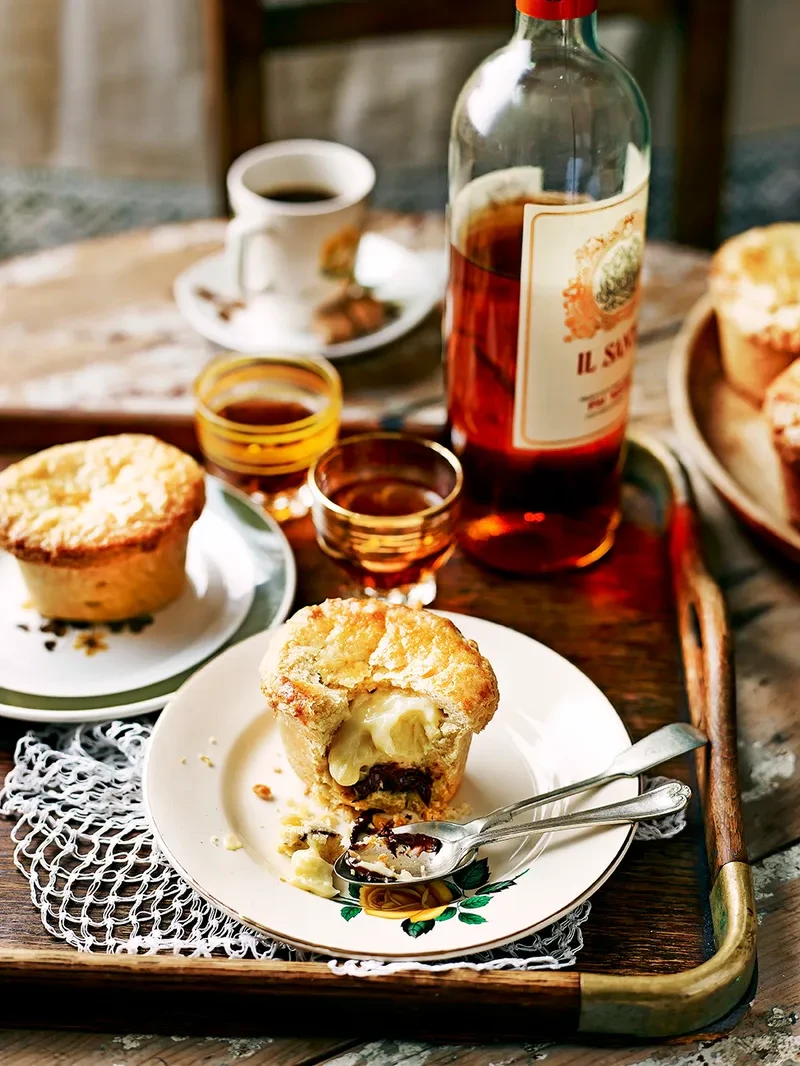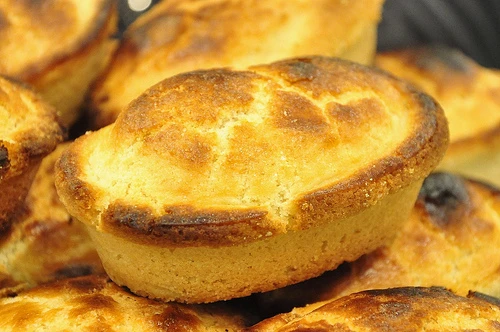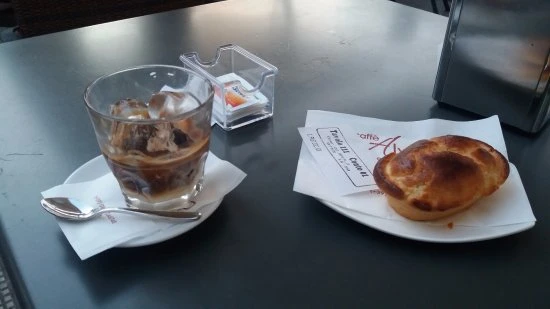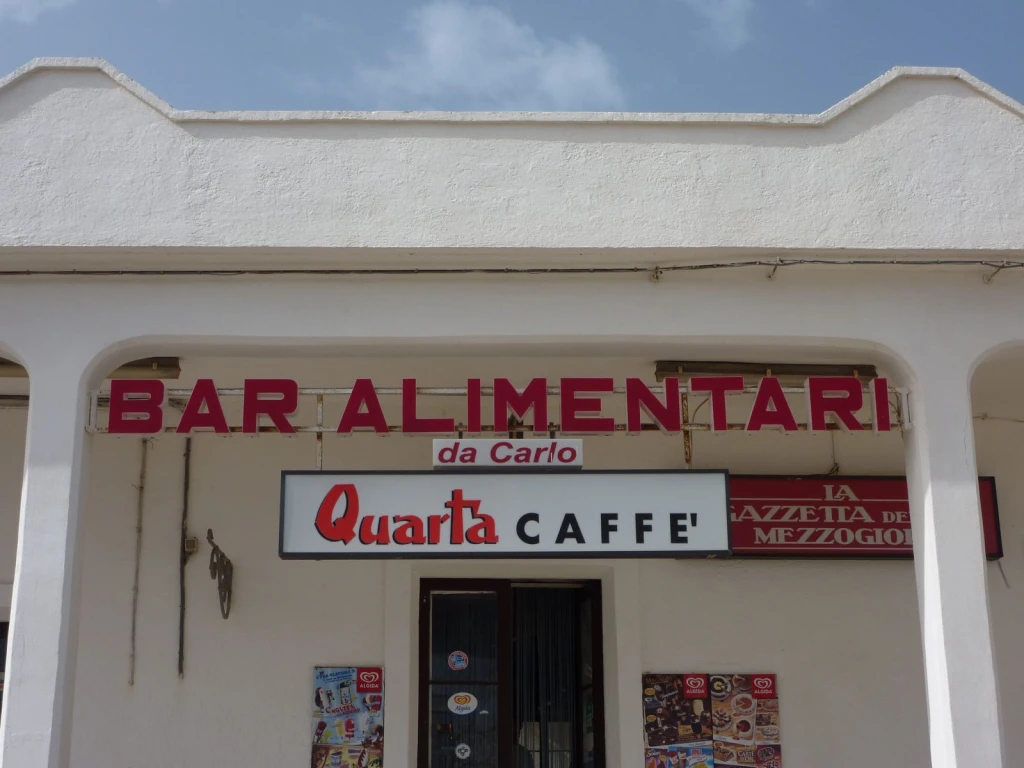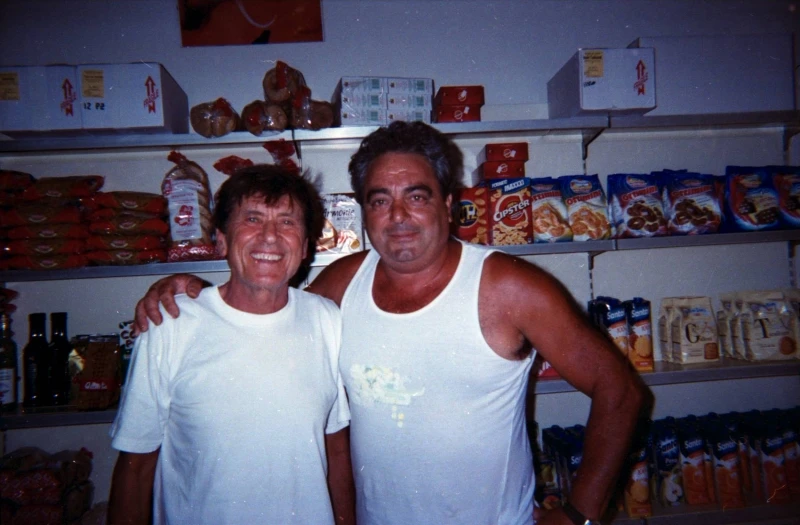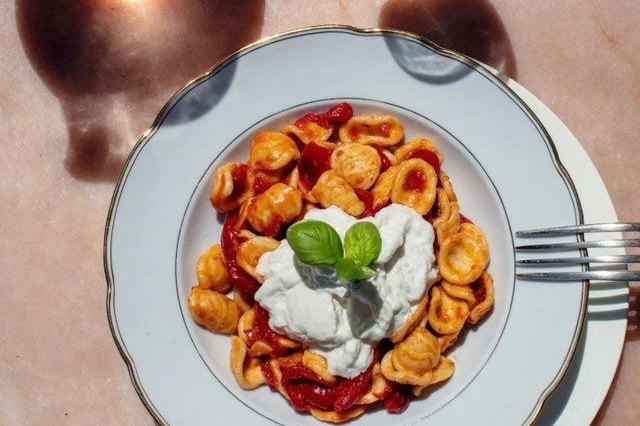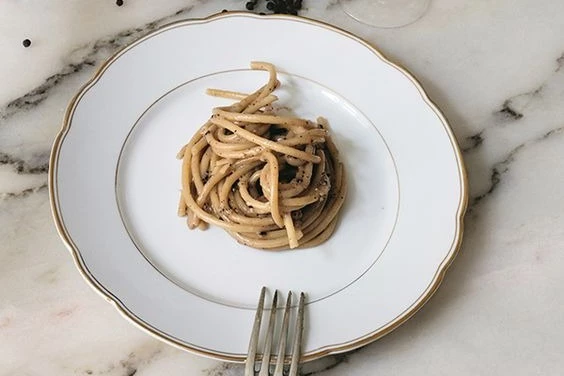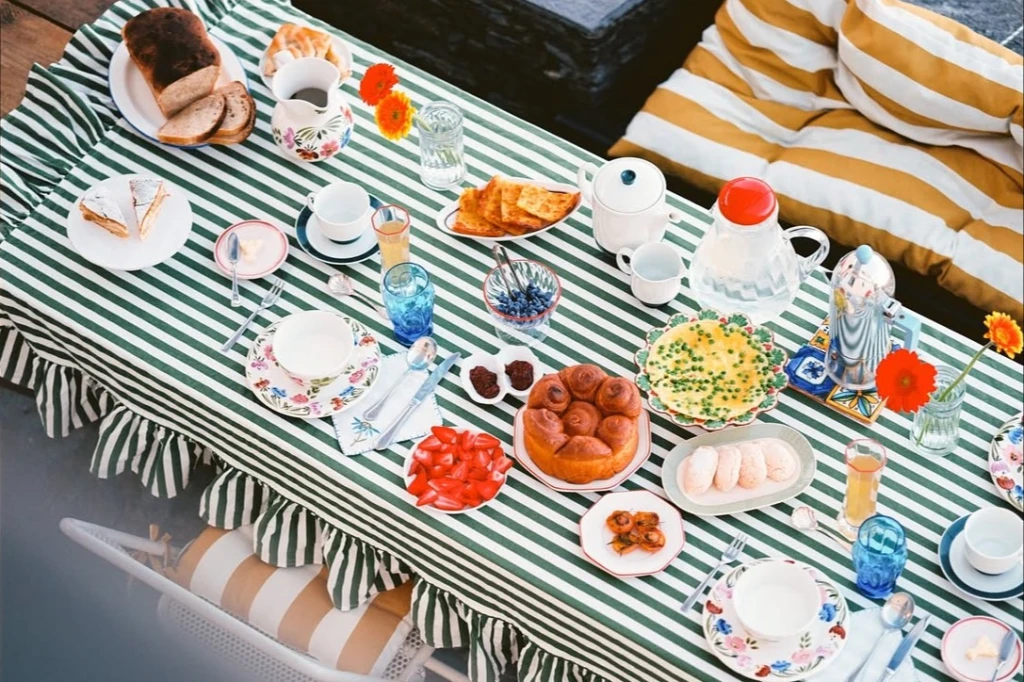How to Make a delicious Pasticciotto
When I interviewed photographers Raffaella Quaranta and Sebastian Spiegelhauer from 40 mirrors photography for the article “A Perfect Italian Weekend - Lecce”, they talked about a perfect start of the day with a Caffè in Ghiaccio and Pasticciotto.
What I love about these interviews with local Italians is that I always learn something new. Full disclosure, I didn't know exactly what a Pasticiotti was, which led to a little research and of course, a recipe to make them, even when you are not in Lecce!
Pasticiotti
Pasticiotti is a delightful Italian pastry, traditionally filled with ricotta cheese, or alternatively with vanilla pudding or chocolate pudding. The pastry from Lecce & the Salento region is as much a symbol to this part of Italy as the croissant is to France. Whether it be a pastry shop, bar, or restaurant menu, you can be sure to find pasticciotto. They come in different shapes, but traditionally they are oval-shaped.
Recipe : Pasticiotti with Ricotta
- 2 cups unbleached all-purpose flour
- 1/2 cup granulated sugar
- 3/4 teaspoon baking powder
- 1/8 teaspoon salt
- 1/2 cup cold butter
- 1/4 cup milk
- 1/2 teaspoon almond extract
- 1 large egg, well beaten
- 2 lbs ricotta (low fat works fine)
- 1/2 cup powdered sugar
- 1 teaspoon cinnamon
- 1 teaspoon vanilla extract
Sift or whisk together the first 4 ingredients (flour through salt). Cut the butter into the flour using two knives, a pastry cutter, a food processor, or your hands until the mixture resembles coarse cornmeal. Mix together the milk, almond extract, and egg until well combined. Add the egg mixture to the flour mixture, and stir to combine. Form the dough into a disk, wrap it in plastic wrap, and refrigerate for several hours or overnight.
Meanwhile, make the filling. Stir together the ricotta, powdered sugar, cinnamon, and vanilla extract. Told you it was easy!
Separate the dough in half. Roll half of it out to about 1/4" thick. Use a biscuit cutter to cut rounds out. Fit them into the bottom and up the sides of your tart pans (muffin tins would work as well). Fill the tart shells most of the way with filling. Roll out the remaining dough, and cut rounds for the tops of the tart shells. Make sure you seal them well! An egg wash might help here. The original recipe also recommends an egg wash on the tops, which I did not do, and I should have--they were not nicely browned.
Bake pastries at 200C / 425F for 12-15 minutes, or until tops are golden brown. This makes about 1 dozen 3-inch pasticiotti.
Mini Pasticciotto with Custard filling
These mini Pasticciotto are perfect with a strong espresso. While lard is traditionally used in the pastry to make it softer, you can substitute it for butter – it will just have a slightly crisper finish.
Ingredients
- 250 g plain flour, plus 1 tablespoon
- 1 teaspoon baking powder
- 125 g granulated sugar
- 125 g lard
- 8 large free-range eggs
- 375 ml milk
- 1 lemon
- 75 g caster sugar
- 25 g cornflour
- 1 knob of butter, for greasing
- 10 teaspoon gianduja (see tip)
Method
- Start by making the pastry. Place the flour, baking powder, granulated sugar, 1 pinch of fine sea salt, and the lard in an electric mixer with the paddle attachment, and mix on a low speed until the mixture resembles large breadcrumbs.
Separate 7 of the eggs (save the whites for another recipe), add 1 of the egg yolks to the mixer, and mix until just combined. Repeat with 2 more egg yolks. As soon as it forms a ball, cut it in half and flatten it into two discs. If the pastry doesn’t come together, add a dash of milk. - Wrap both in clingfilm and chill in the fridge for at least half an hour while you make the cream filling.
- Pour the milk into a heavy-bottom pan and place over a low heat. Add a few thick strips of lemon rind and leave to infuse while you prepare the other ingredients, removing the pan from the heat just before the milk starts to boil.
- Meanwhile, whisk the remaining 4 egg yolks in a large bowl with the caster sugar until pale and fluffy. Beat in the cornflour and the extra tablespoon of flour until smooth.
- As the milk reaches just before the boil, slowly pour it over the eggs, whisking continuously so the eggs don’t scramble, to make a custard. Once it’s smooth, pour it back into the pan and warm over medium heat to thicken, whisking all the time – don’t let it boil.
- Once it has thickened, strain it into a bowl, discarding the lemon rind, and place a layer of clingfilm directly on the top of the custard, to stop it from forming a skin. Leave it to cool, then place in the fridge until cold.
- Preheat the oven to 190ºC/gas 5.
- Grease 10 oval pastry molds or a 10-hole muffin tray. Take one of the pastry discs out of the fridge and roll it out until it’s slightly thicker than a £1 coin.
- Drape the pastry over the molds or the tray and gently push the pastry into the molds. Roll the rolling pin over the top to cut away the excess and remove it. You could also cut 8½cm-diameter circles with a cutter, or using a jam jar as a guide.
- Scoop 1 teaspoon of gianduja (see tip) into the bottom of each pastry case. Place the custard into a piping bag and pipe enough into each mold so it sits just below the edge of the pastry.
- Take the remaining pastry disc out of the fridge, roll it out so it’s a little thinner than the one before, and drape it over the molds. Using your hands, gently press the top layer of pastry into the edges of the pastry base to seal the two together.
- Beat the remaining egg, then brush the top and bake for 15 to 20 minutes, or until golden on top.
- Leave to cool in the tins for 10 minutes and serve.
Tip
Gianduja is chocolate made with hazelnut purée – a bit like Nutella, but of a much higher quality.
Recipe ~ Jamie Oliver

